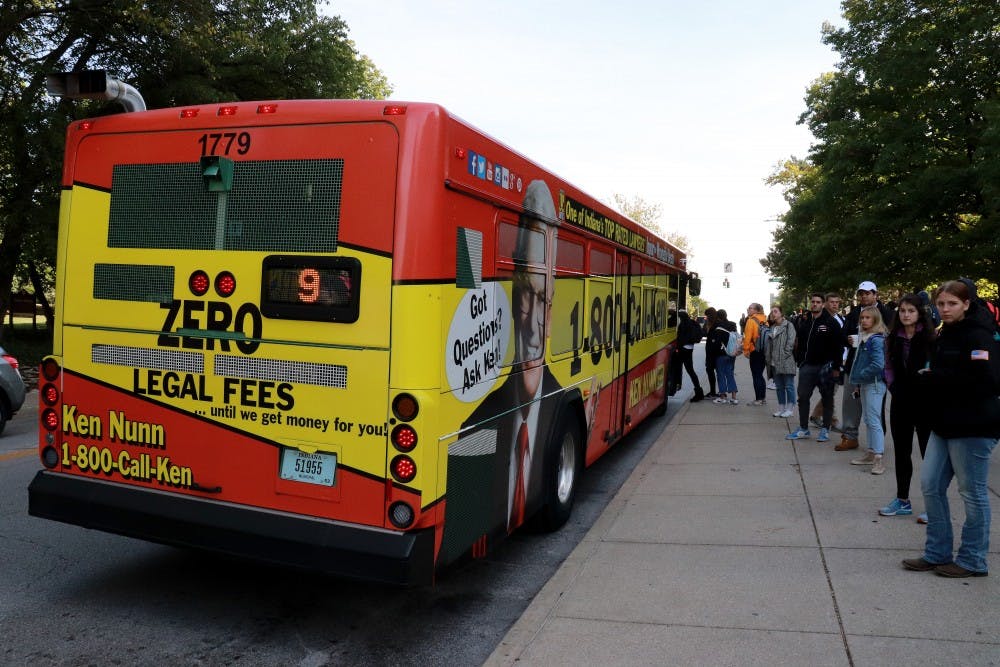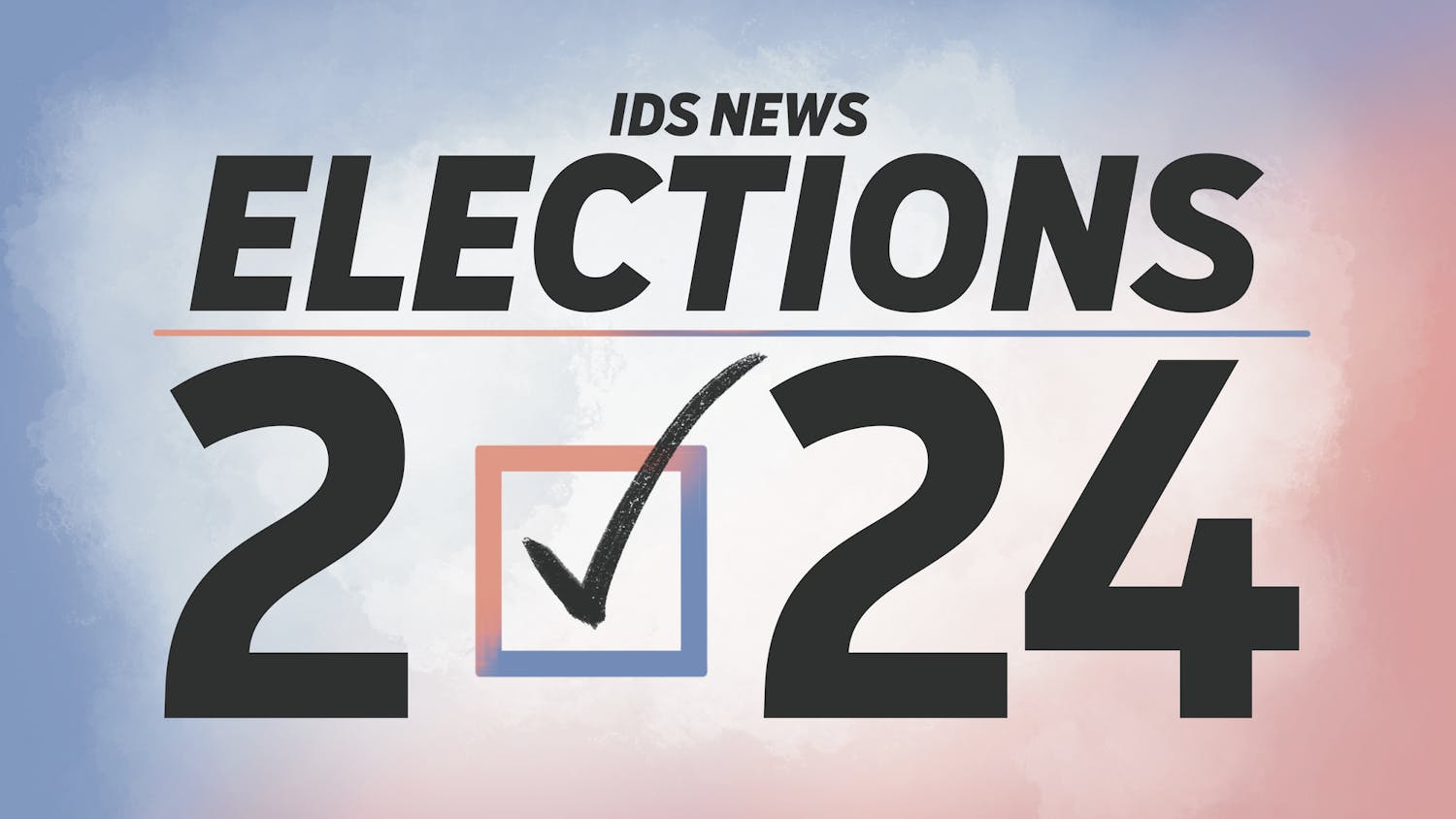Bloomington Transit has secured $1 million in federal grants and city funding to add one electric bus to the system’s 39 unit fleet.
“We want to operate in the most efficient manner possible,” said Lew May, general manager of Bloomington Transit.
The single bus will give transit staff experience with electric technology before deciding whether to purchase more, May said. The strategy is similar to Bloomington Transit’s multi-staged process of buying hybrid electric buses, which combine a gasoline-powered engine and a hybrid battery.
Two hybrid electric buses were added to the transit system 12 years ago. Now, the vehicles make up about 20 percent of the system’s fleet.
While the hybrid model emits less greenhouse gases than a diesel bus, electric buses have a complete battery electric. There are no greenhouse gas emissions from an electric bus because the vehicle has no tailpipe, said said Lauren Cochran, director of sales for electric bus company Proterra.
Reducing greenhouse gas emissions is critical to preventing further warming and changes in the environment, according to a recent report from the United Nation’s Intergovernmental Panel on Climate Change.
Electric buses are a couple inches taller than diesel buses, May said. They are also much quieter. A diesel bus costs about $450,000 while a hybrid bus costs about $650,000.
The electric technology could save the city money in the long run, but time will tell.
This is just one of the reasons why May plans about a year of experimentation before determining whether to purchase more electric, diesel or other types of buses.
Other Indiana cities such as Lafayette and South Bend have started using compressed natural gas, a technology May is also considering, for their transit fleets.
It’s still too early for him to discern which is best for Bloomington.
Over the lifetime of a transit bus, which is typically 12 years or 500,000 miles, Cochran said electric buses could save on average about $460,000 from fuel and maintenance.
Electricity prices also tend to be more stable than diesel and gasoline prices, May said. Electric buses get 22 miles per gallon on average, compared to 3.5 miles per gallon for a diesel bus, Cochran said.
With 30 percent less parts, electric buses don’t require as much maintenance as diesel buses, Cochran said.
West Covina, California was home to the first electric bus deployment in 2010. Since then, cities across the country have added electric buses to their fleets.
But electric buses' short history has made May and others wary.
“Diesel’s been out there for decades,” May said.
Some of May’s uncertainties can only be resolved by real world experience, he said.
How long electric buses can last per day depends on the model. But Cochran said improvements in battery technology since electric buses first emerged mean they can meet most transit routes.
Bloomington Transit offered a Proterra electric bus demonstration in August. The vehicle ran the Third Street route for about six hours, giving the public a chance to test the new ride and transit workers an opportunity to see how it functions.
“It helped boost our confidence in the technology,” May said.
The replacement of internal combustion with a battery electric would involve a learning curve for maintenance staff, May said.
Operators must learn how to efficiently use the vehicle’s regenerative braking, Cochran said, which sends power through the motor to the batteries when the driver steps on the brake pedal.
Which downtown route the bus will run has yet to be decided, but it won’t be seen on campus. Like the hybrid buses, it is too tall to fit through the Tenth Street railroad underpass on both the 6 and 9 routes.
Bloomington Transit projected about $850,000 to purchase the electric bus and $150,000 to buy and install a charging station at the Operations and Maintenance Facility on Grimes Lane. A manufacturer has not been chosen.
Grants from the Federal Transit Administration and the Indiana Department of Transportation cover about 80 percent of the cost, and the rest is funded by Bloomington Transit in its 2019 budget approved last week.
Rider fares will not be changed once the vehicle begins operations.
“It’s really not that scary,” Cochran said. “It’s mostly just a bus.”




